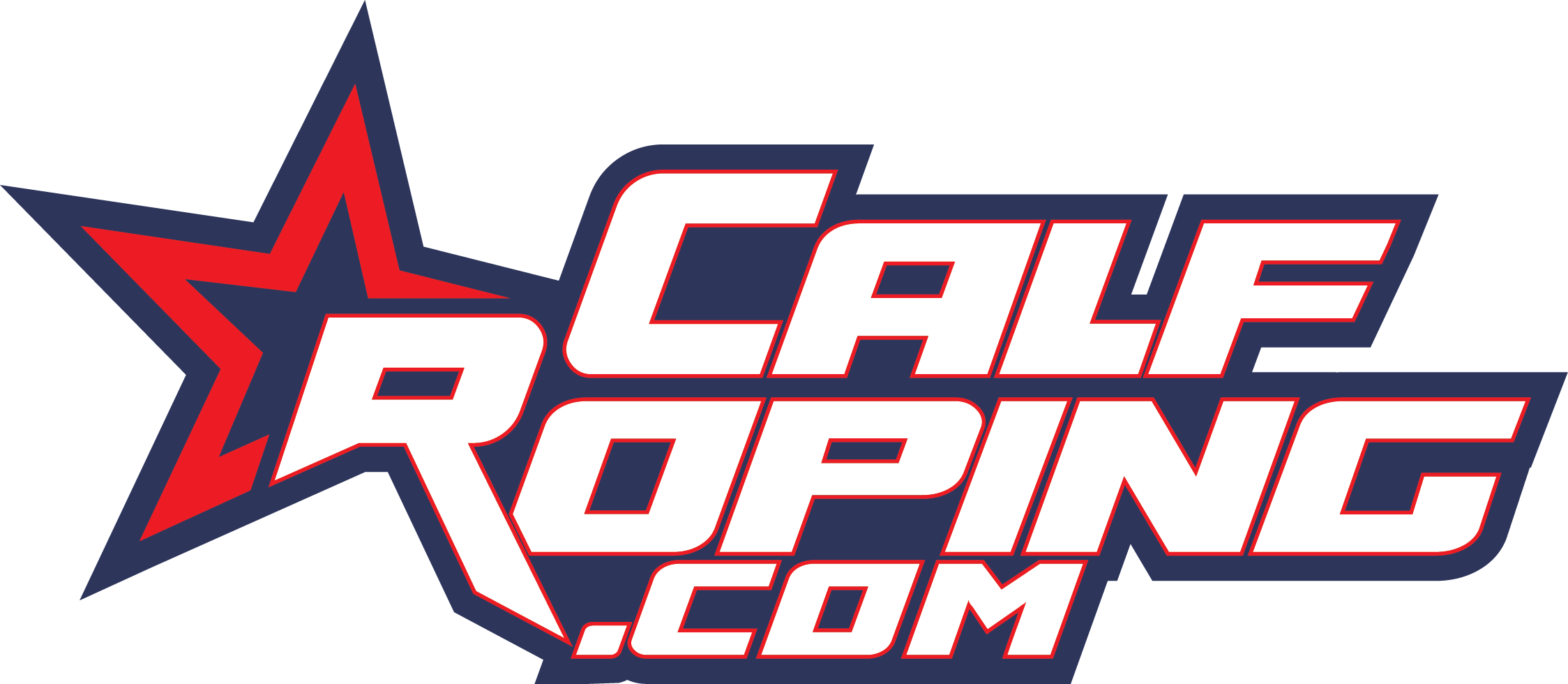TIE-DOWN ROPING START
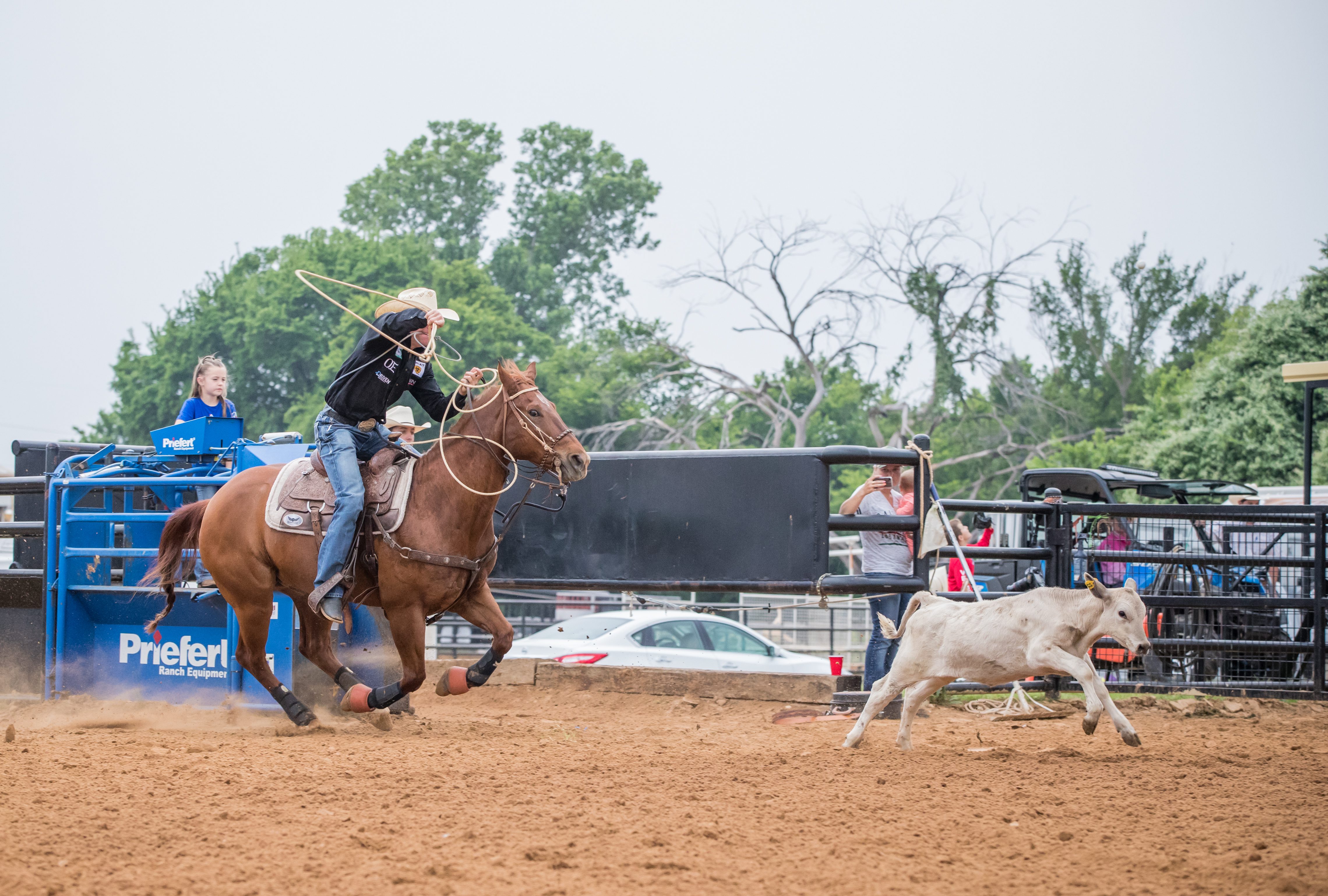
The first thing to tie-down roping/calf roping is getting that good, clean start. You don’t want your horse to drop a hip or anything that would make him leave unsquare. Leaving the box square is real important because it gives you a good foundation for a quicker throw. You also need to give your horse a real consistent cue on leaving. Some people say to cue off the reins or off your feet, but I do a combination. It’s my body language and releasing pressure on the bridle reins at the same time. Some people’s body language contradicts the release of the reins. You need a good combination of the two.
TIE-DOWN ROPER’S FIRST SWING
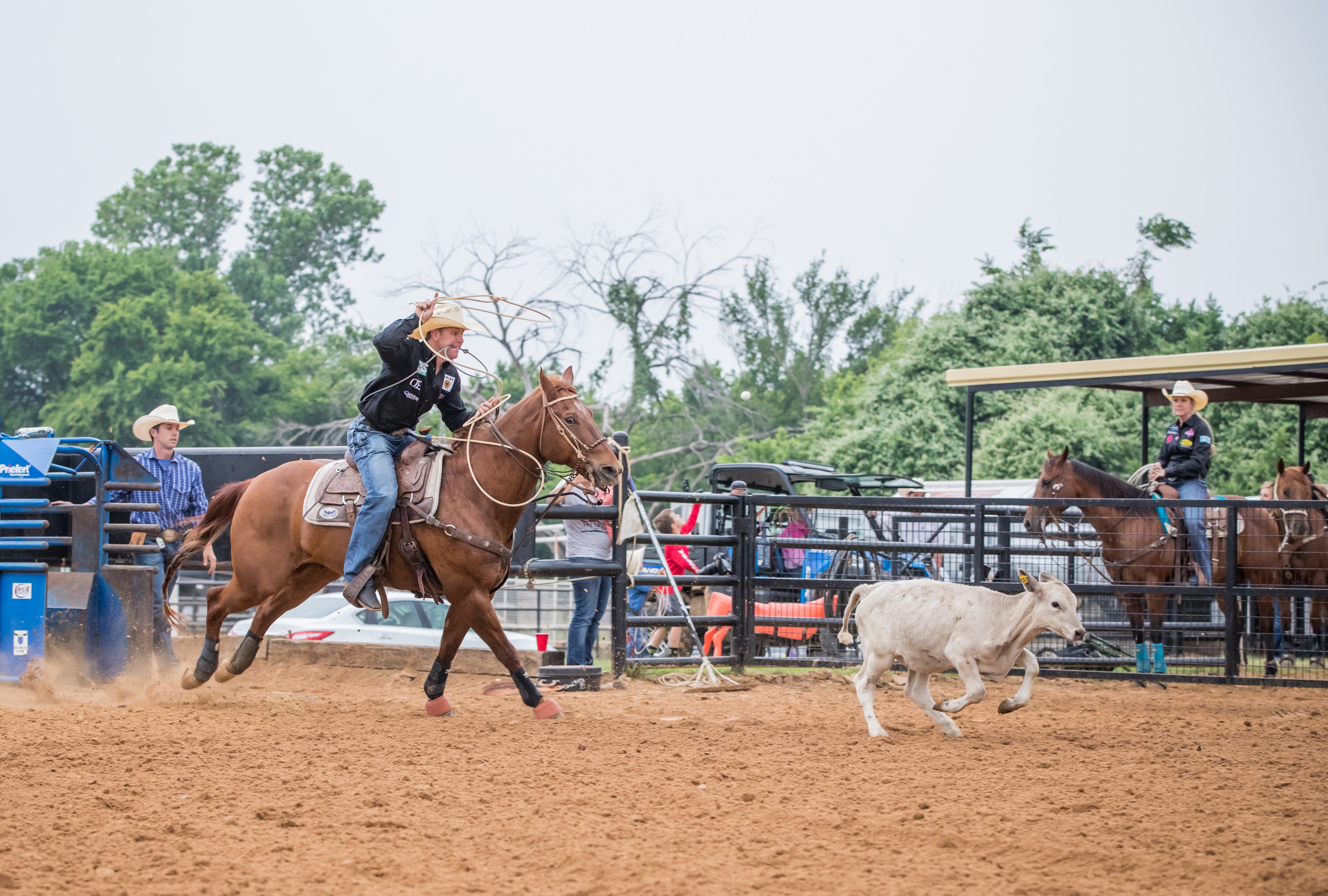
From the very first swing, you need to have your tip down and pointed directly at your target. The biggest thing I see guys do wrong is to start swinging without their target in mind and the closer they get, they try to adjust it. Make your target an emphasis from the very start.
TIE-DOWN ROPER’S POSITION
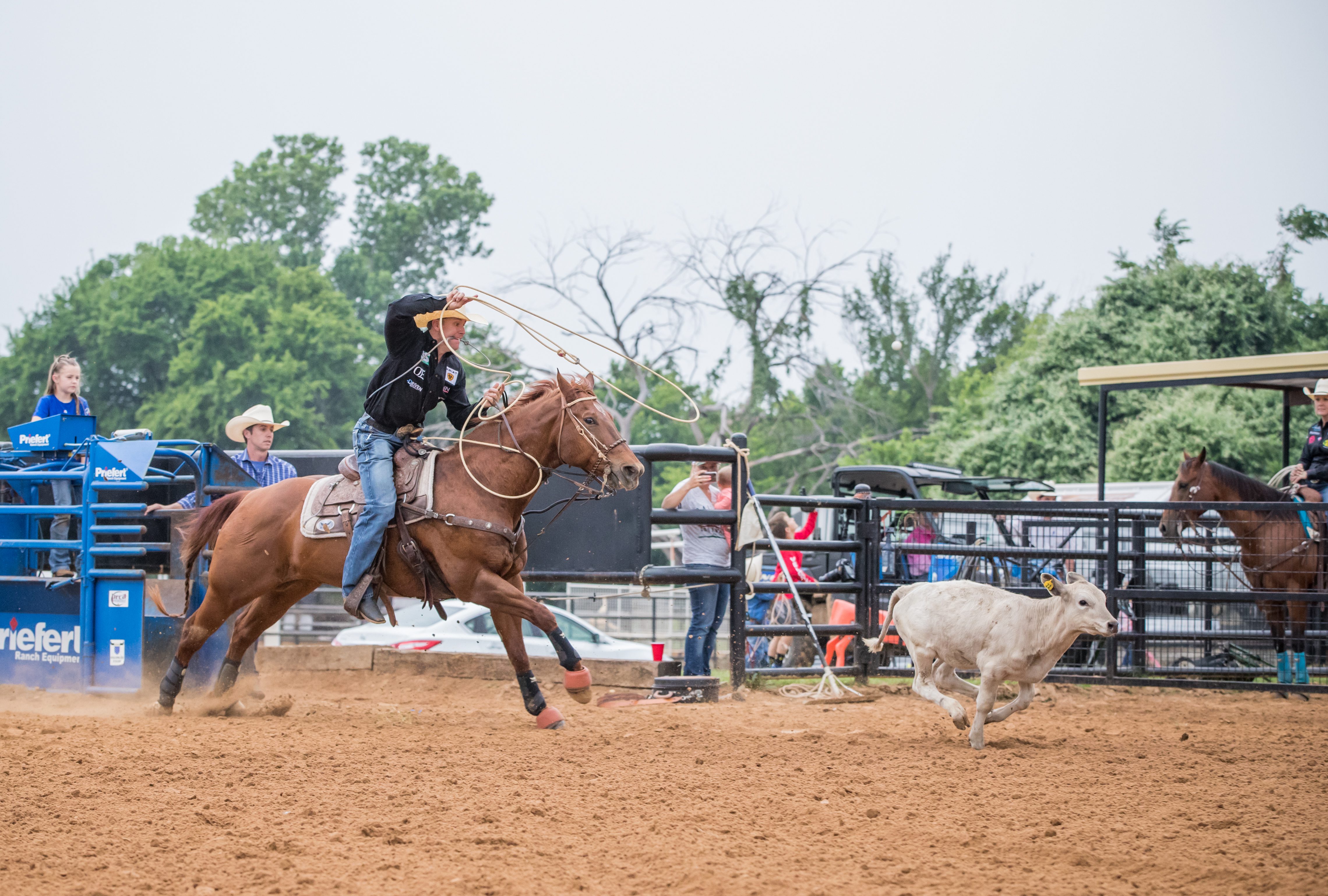
I like to keep a clear sight of the calf. traditionally, tie-down ropers want to get on their right hip. But if you rope from that position, when the rope comes tight, it presses on the horse’s cheek and moves him to the left, which is opposite of what you want a horse to do. That’s especially true on a horse that wants to move away from the jerk. So I want to see my target and be directly behind, or if anything, be on the left hip. The other advantage to this position is you can choose where to put your slack. If you rope on the right side of the calf, you’re pretty much limited to going to the outside (right side) with your slack.
THE GET OFF

You should get your left foot on the ground before the jerk comes. There are certain situations in tie-down roping where a calf cannot leave his feet. When you’re on the ground, you have more control than when you’re suspended in the air, hanging from your horse. When you have a foot on the ground, a foot in the stirrup and a hand on the horn, you have way more balance. Every calf can take different amounts of pressure to turn around without coming off their feet, but I need to wait in the position in this picture for the calf to come around. Learning that just takes repetition and knowing cattle.
Keeping your hand on the horn is so important because it lets the horse do his job. When you take the bridle reins with you, it’s hard on a horse’s balance. How can you expect the horse to feel the tugs coming from your jerkline when you just put 160 pounds of weight on those reins? Three light tugs to cue him to move snappy don’t compare. Then, once you’ve got the calf directed, you let the momentum of that calf take you down the rope.
FLANKING AND TYING
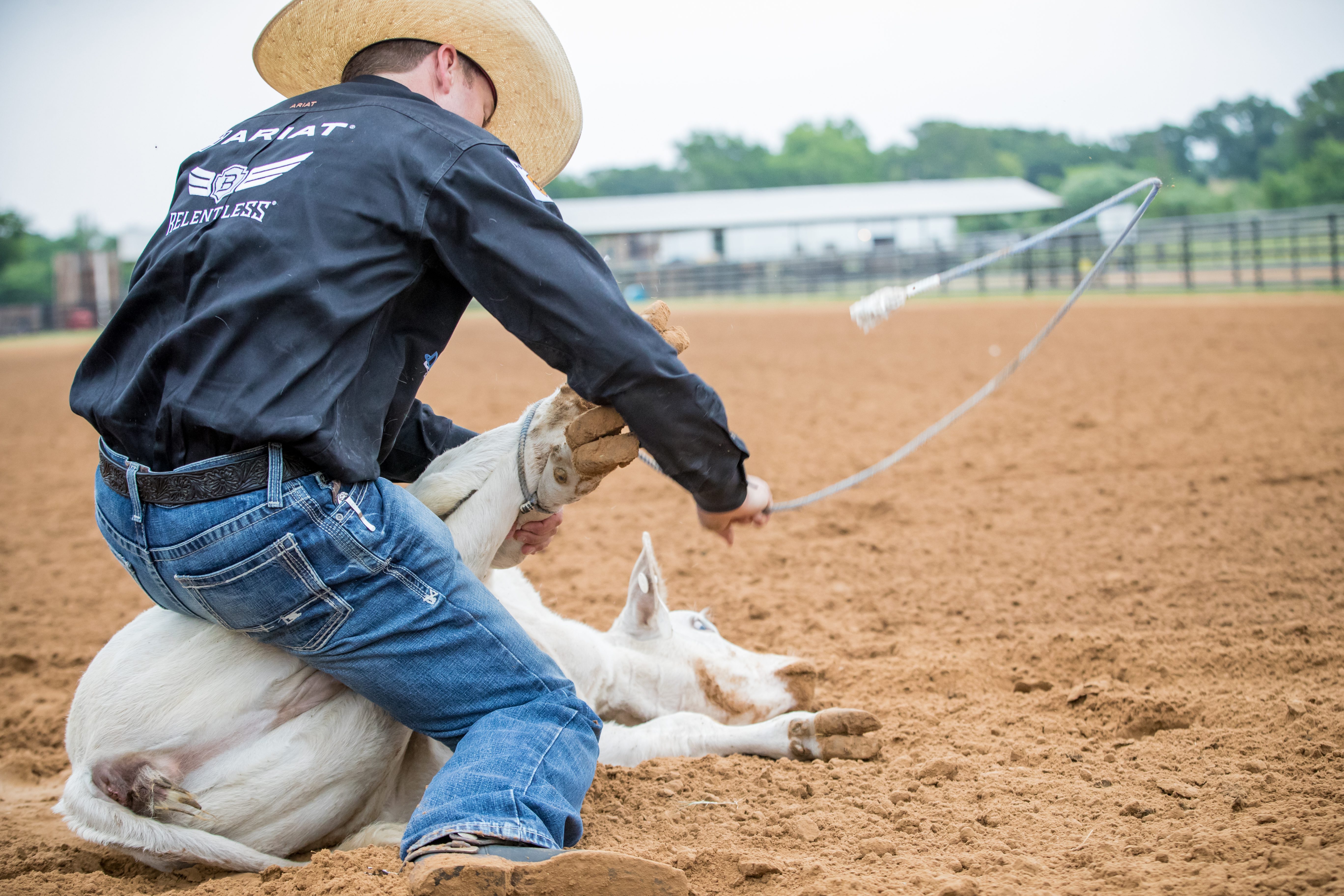
This really shows getting low and reaching for a calf’s flank before you get there. If you wait too long to reach for it, he’s already by you. You have to start each move in advance so the cattle don’t beat you.
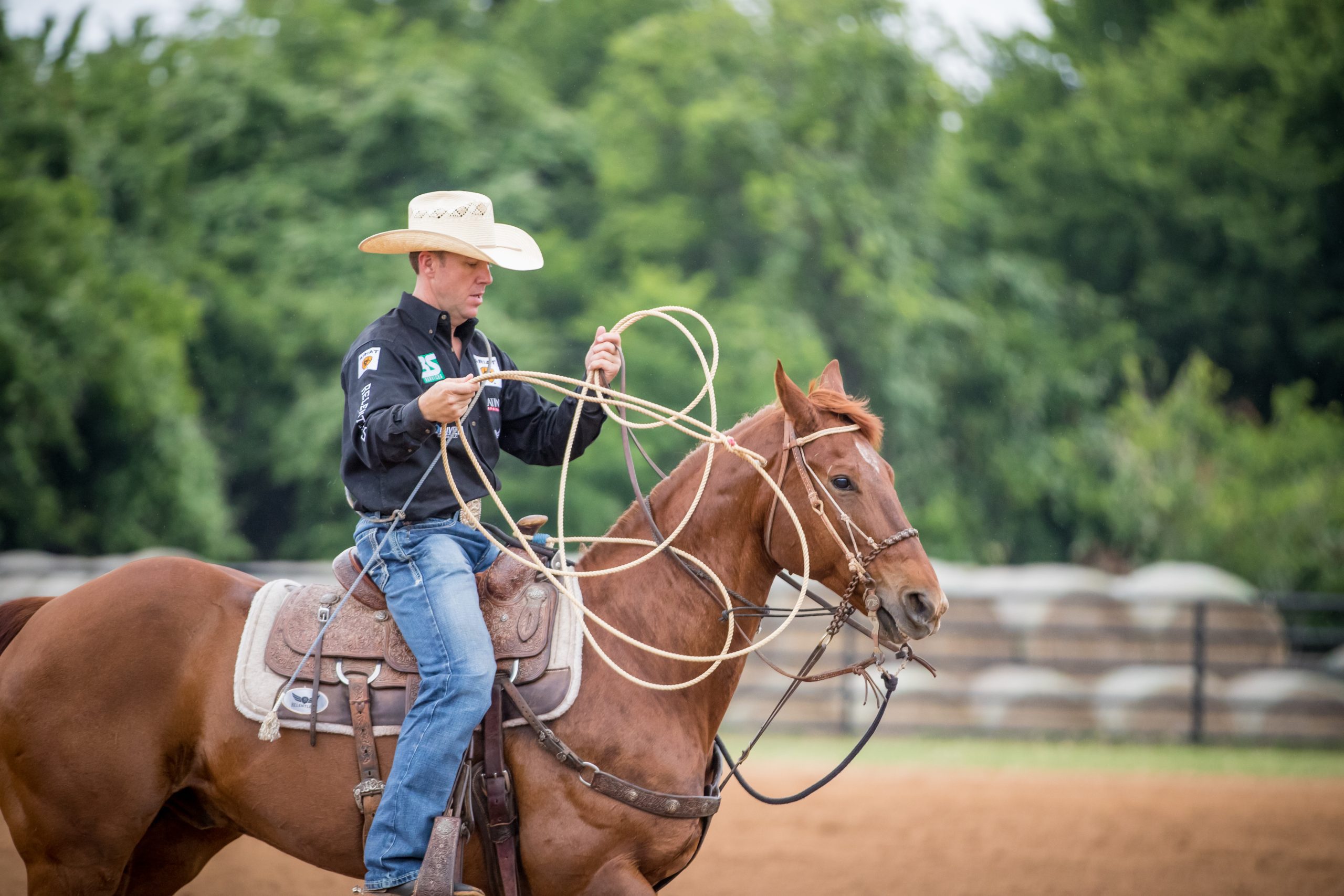
Trevor Brazile
Trevor Brazile is a $7-million cowboy, ProRodeo Hall of Famer and three-time tie-down roping world champion—in addition to 23 other PRCA world titles.

